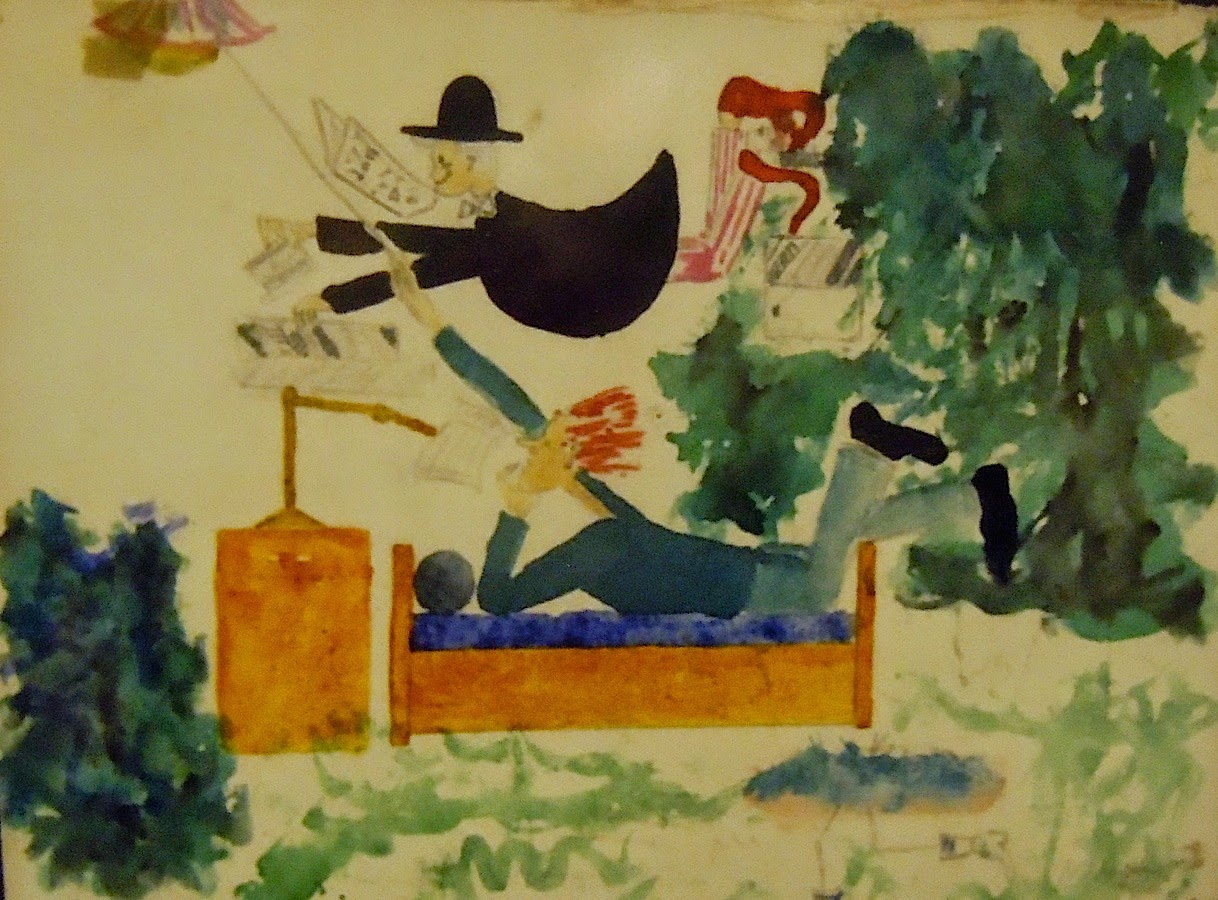I encountered this book in the midst of my soul searching. What are the contributions I can make to this world as a musician? What is the role of art in the world? What is the meaning, and the historical background, behind a Japanese woman like me specializing in Western classical instrument?
One of the things that caught my attention recently was the Bauhaus movement. They prioritized humanity and diversity over practicality in their reaction to Industrial Revolution. They welcomed professors and students regardless of their nationality, religion, ethnic backgrounds, gender or age, in a post-WWI, pre-Nazis Germany, in an extremely uncertain climate. Nazis regime dismantled Bauhaus school in 1933, but its followers dispersed around the globe, delivering its philosophy and aesthetics. Frederika “Friedl” Dicker-Brandeis (1898 Vienna – 1944 Auschwitz-Birkenau) had spent her early twenties studying and teaching at Weimar Bauhaus.
In 1942, she was sent to Terezin Concentration camp. There, she taught art classes for the children. The severe condition allowed only 100 children, out of the 15,000 sent there, to survive. However, over 4,000 drawings were left behind as legacies of these classes.
Some children recorded what they had witnessed.

But most others drew their fantasies.


I deeply resonate with the words Friedl wrote in a letter to her friend in 1940. “Today only one thing seems important — to rouse the desire towards creative work, to make it a habit, and to teach how to overcome difficulties that are insignificant in comparison with the goal to which you are striving.”
The author of this book, Michiko Nomura, dedicates her life to writing about these children of Terezin and their drawings. The book is organized by intertwining her research with her interview with one of the survivors, Dita Klaus (spell?). With its large print and phonetic alphabet spelling out the difficult Chinese characters, anyone over forth grades should be able to appreciate it. And its message is universal.
Each surviving painting bears the drawer’s name. Friedl insisted to the children “No matter how the German soldiers refer to you with numbers, you have each been given names your parents celebrated your birth with. You should write these names with your paintings.” (P. 167)
Friedl was not exempt from forced labor because she was teaching art to children. Everyday, she washed and mended uniforms for the German soldiers for ten to eleven hours a day, with two little breaks in between. If she was seen resting, she was punished. (P. 99) Children, too, were forced to work. With little to eat, they worked all day. And once a week, they gathered after work, to draw. (P. 104-116) They drew in hiding. The drawings were kept behind bricks for safe keeping.
(A translation of an excerpt from Dita’s interview)
One day, Friedl brought her own drawings of flowers. “These are roses, these are poppies and here are freesia.” She pointed to name them. Then, she said “Close your eyes, stay still, inhale slowly…can you smell the flowers?”
It was a miracle! In such a dirty room, left uncleaned for years, infested with lice and flee with dirty floors…but it became fragrant! Can you believe it? It’s true. It was not just me. Everyone. We all smelled flowers in that room.
“I love flowers,” she said. “Here, we don’t have them, but outside there are many, many flowers. Some day, we will play together in a field full of flowers.” (P. 111-112)
It takes courage to dream and hope in the face death. But art gives us, the mortals, the courage to hope and to dream, for a better future.